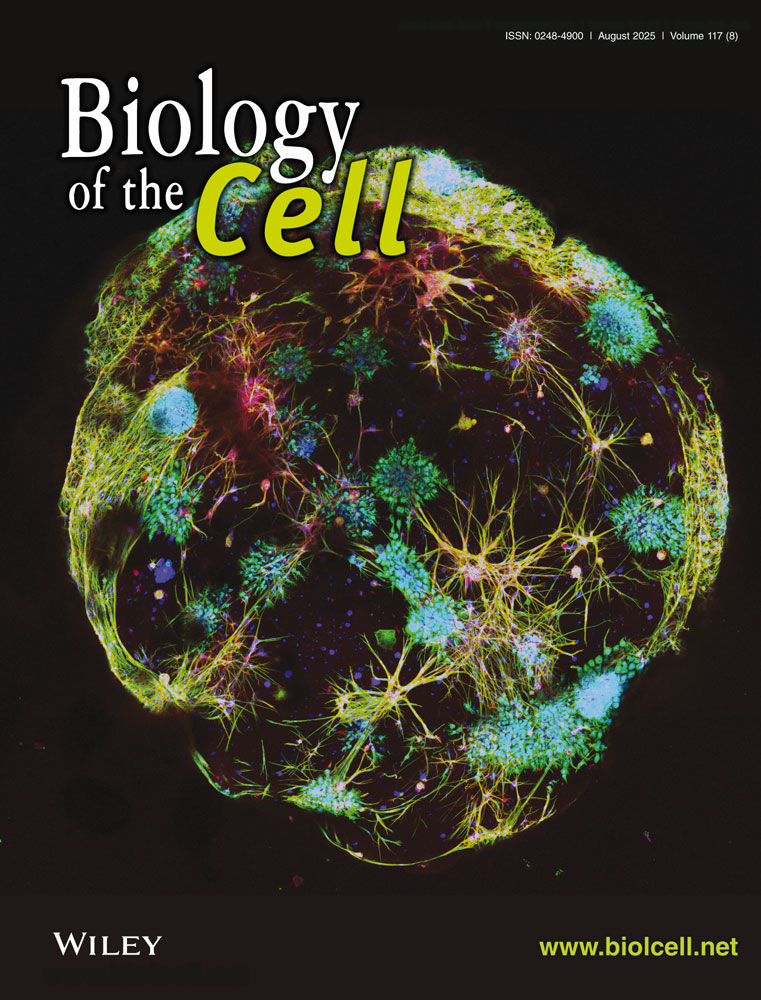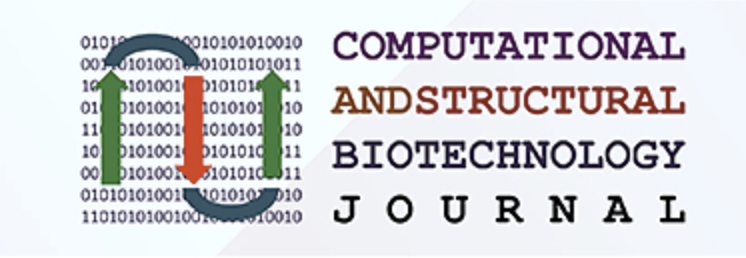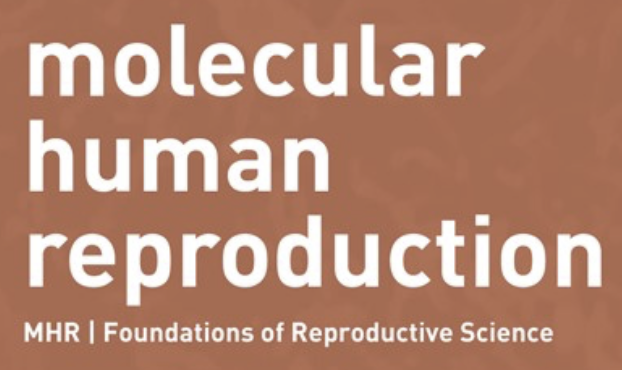












Overlapping genes in mammalian genomes are unexpected phenomena even though hundreds of pairs of protein coding overlapping genes have been reported so far. Overlapping genes can be divided into different categories based on genes orientation and parts being shared between overlapping genes. The biologic functions of natural antisense transcripts, their involvement in physiological processes and gene regulation in living organisms are not fully understood. Number of documented examples indicates that they may exert control at various levels of gene expression, such as transcription, mRNA processing, splicing, stability, transport, and translation. Similarly, evolutionary origin of such genes is not known, existing hypotheses can explain only selected cases of mammalian gene overlaps which could originate as result of rearrangements, overprinting, and/or adaption of signals in the neighboring gene locus.



